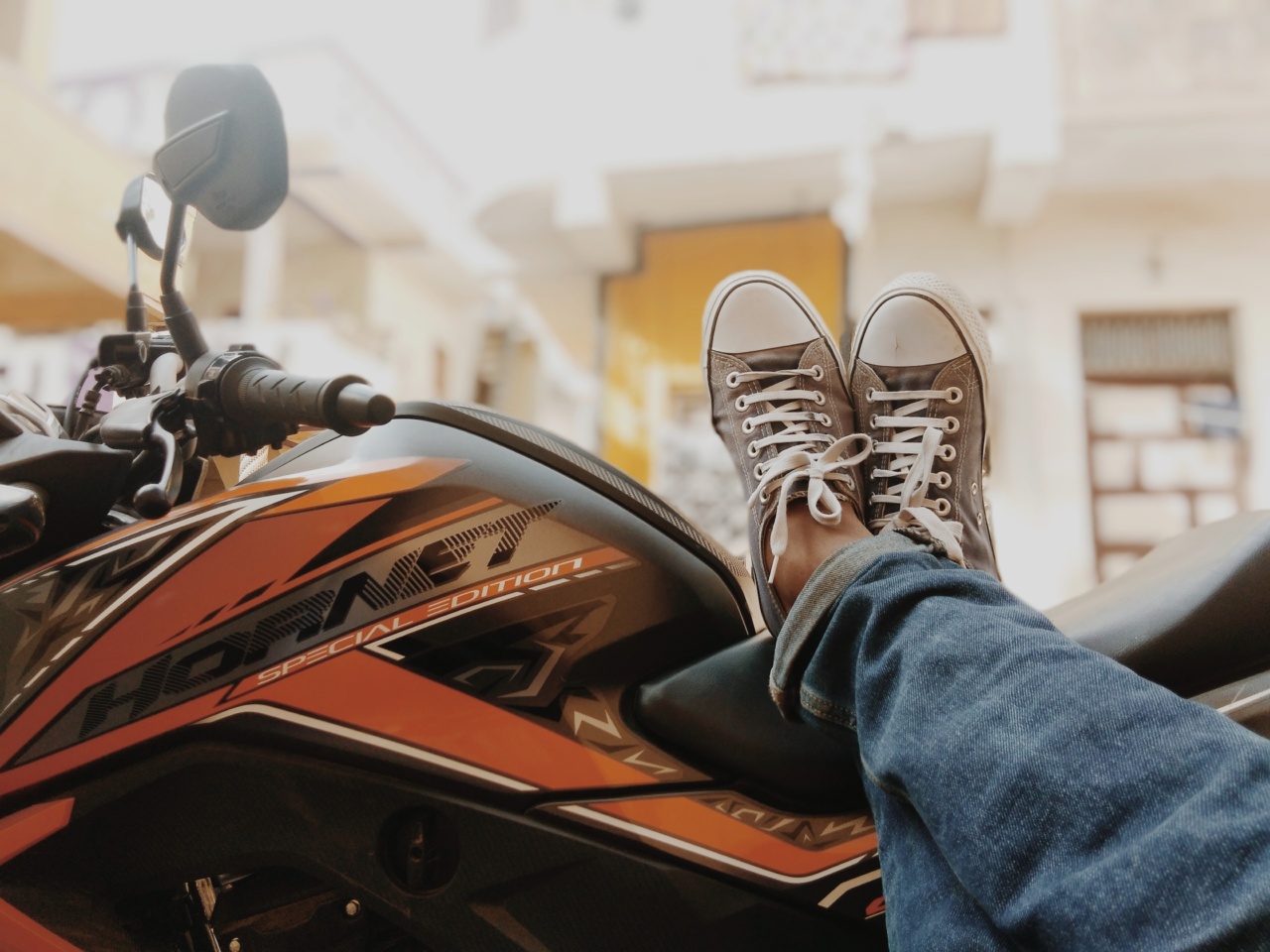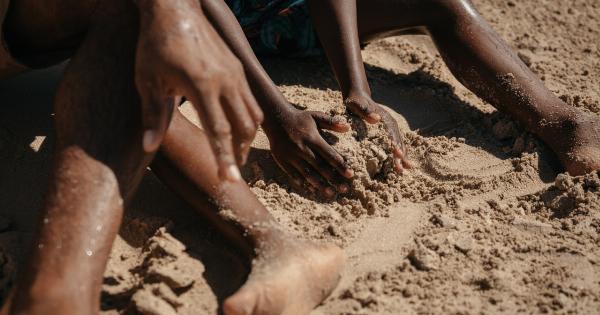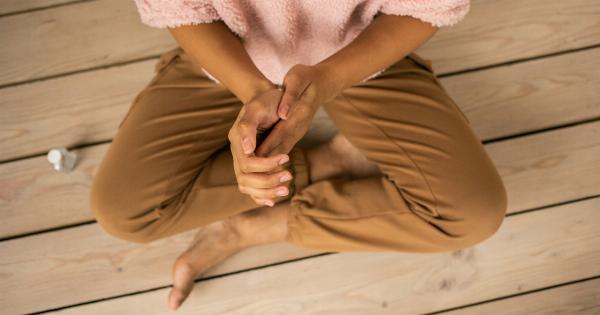Blisters are small pockets of fluid under the skin that form due to friction or an injury. While they can occur anywhere on the body, they are most common on the feet and legs.
Blisters on the legs can be a nuisance, but in most cases, they are not a serious medical condition. However, it is important to know when it is appropriate to pop a blister and when it is best to leave it alone.
What causes blisters on the legs?
There are several reasons why a person might develop blisters on their legs. Some of the most common causes include:.
Friction
One of the most common causes of blisters on the legs is friction. This can occur when a person wears shoes or clothing that rub against the skin.
Athletes, in particular, are at risk of developing blisters on their feet and legs due to the repetitive motions involved in running, jumping, and other sports.
Burns
Another common cause of blisters on the legs is burns. This can include sunburns from spending too much time in the sun, or burns from coming into contact with hot objects or liquids.
Burns can cause blisters to form as the body’s natural response to the injury.
Infections
Some infections, such as shingles, can cause blisters to form on the legs. These types of blisters are usually accompanied by other symptoms, including pain, itching, and inflammation.
Should you pop a blister on your leg?
When it comes to blisters on the legs, the decision to pop or not to pop a blister depends on several factors.
The location of the blister
The location of the blister plays a significant role in determining whether or not it should be popped.
If the blister is located in an area that is under pressure, such as the heel or the ball of the foot, it may be necessary to pop the blister to relieve the pressure and prevent further damage to the skin.
If the blister is located in an area that is not under pressure, such as the calf or thigh, it may be best to leave the blister alone and allow it to heal on its own.
The size of the blister
The size of the blister is another important factor to consider when deciding whether or not to pop it. If the blister is small, less than a centimeter in diameter, it may be best to leave it alone and allow it to heal on its own.
If the blister is larger than a centimeter in diameter, it may be necessary to pop the blister to release the fluid and prevent it from getting larger.
The type of fluid inside the blister
The type of fluid inside the blister can also be a determining factor in whether or not it should be popped.
If the blister is filled with clear fluid, it is generally safe to pop the blister, as long as proper precautions are taken to prevent infection.
If the blister is filled with opaque or cloudy fluid, it may be best to leave it alone and allow it to heal on its own, as this type of fluid suggests that the blister is infected.
How to pop a blister on the leg
If you have decided to pop a blister on your leg, it is important to do so safely to prevent infection and further injury to the skin. Here are the steps to follow:.
Step 1: Clean the area around the blister
Before popping the blister, it is important to clean the area around it to prevent the spread of infection. Use soap and water or a disinfectant to clean the area thoroughly.
Step 2: Sterilize a needle or pin
Next, sterilize a needle or pin by soaking it in rubbing alcohol or boiling it for several minutes. Be sure to allow the needle or pin to cool completely before using it.
Step 3: Pierce the blister
Use the sterilized needle or pin to pierce the blister near the edge. Gently push the needle or pin through the top of the blister and allow the fluid to drain out.
Step 4: Keep the area clean
Once the blister has been popped, clean the area again with soap and water or a disinfectant. Apply an antibacterial ointment and cover the area with a bandage to prevent infection.
When to see a doctor
In most cases, blisters on the legs will heal on their own without the need for medical attention. However, there are some situations in which it may be necessary to see a doctor. These include:.
The blister is large, painful, or infected
If the blister is larger than a centimeter in diameter, painful, or filled with opaque or cloudy fluid, it may be infected and require medical attention.
You have a compromised immune system
If you have a weakened immune system, due to HIV/AIDS, cancer, or other conditions, you may be more susceptible to infections and should seek medical attention if you have a blister.
You have diabetes
If you have diabetes, you are at a higher risk of developing infections and should seek medical attention if you have a blister on your leg that is not healing properly.
Conclusion
In conclusion, blisters on the legs are a common occurrence that can be caused by a variety of factors.
While in most cases it is safe to pop a blister, it is important to consider several factors before doing so, including the location and size of the blister, as well as the type of fluid inside. Proper hygiene and wound care are essential to preventing infection and promoting healing. If you have any concerns about a blister on your leg, it is always best to consult with a healthcare professional.































